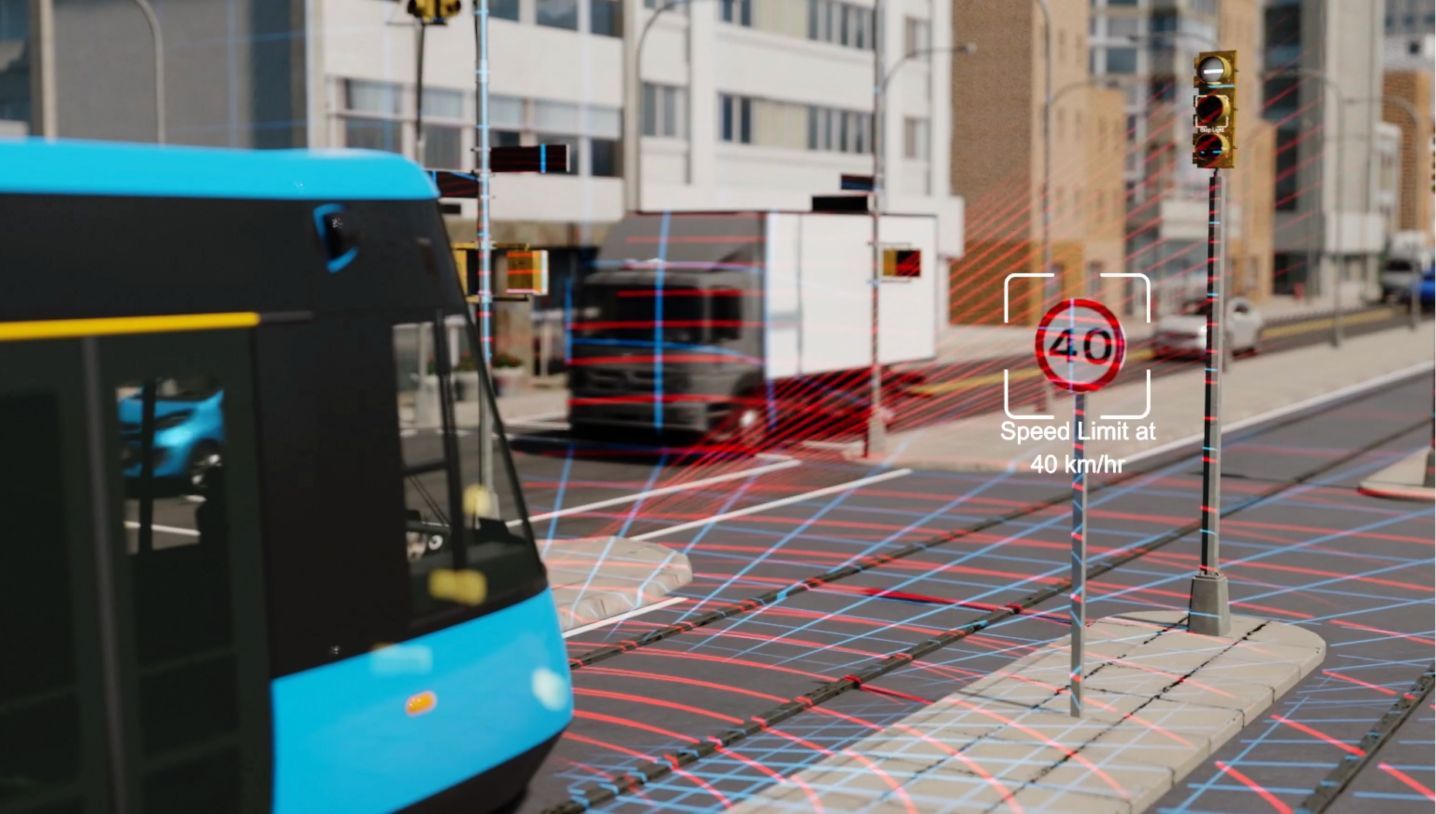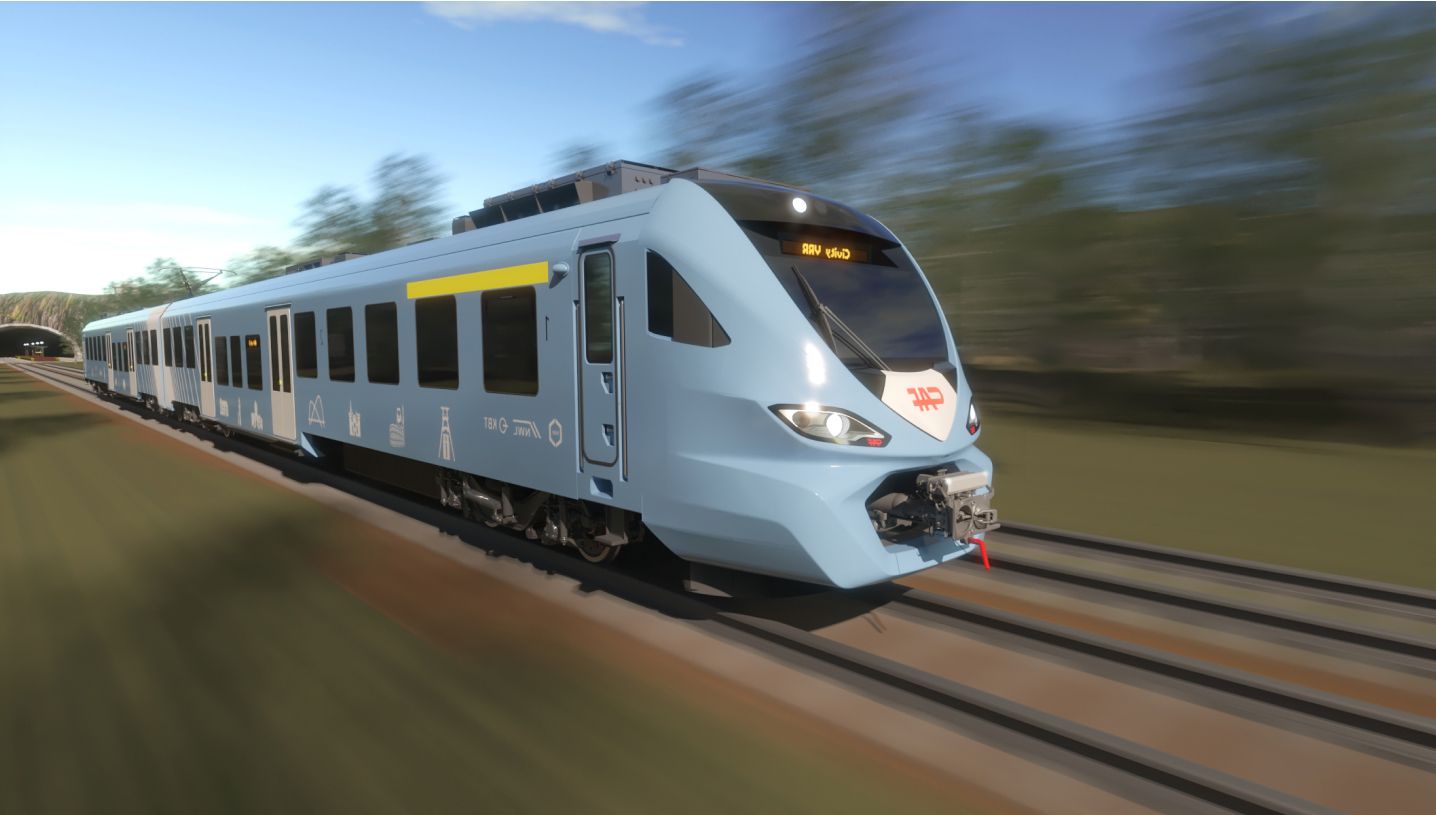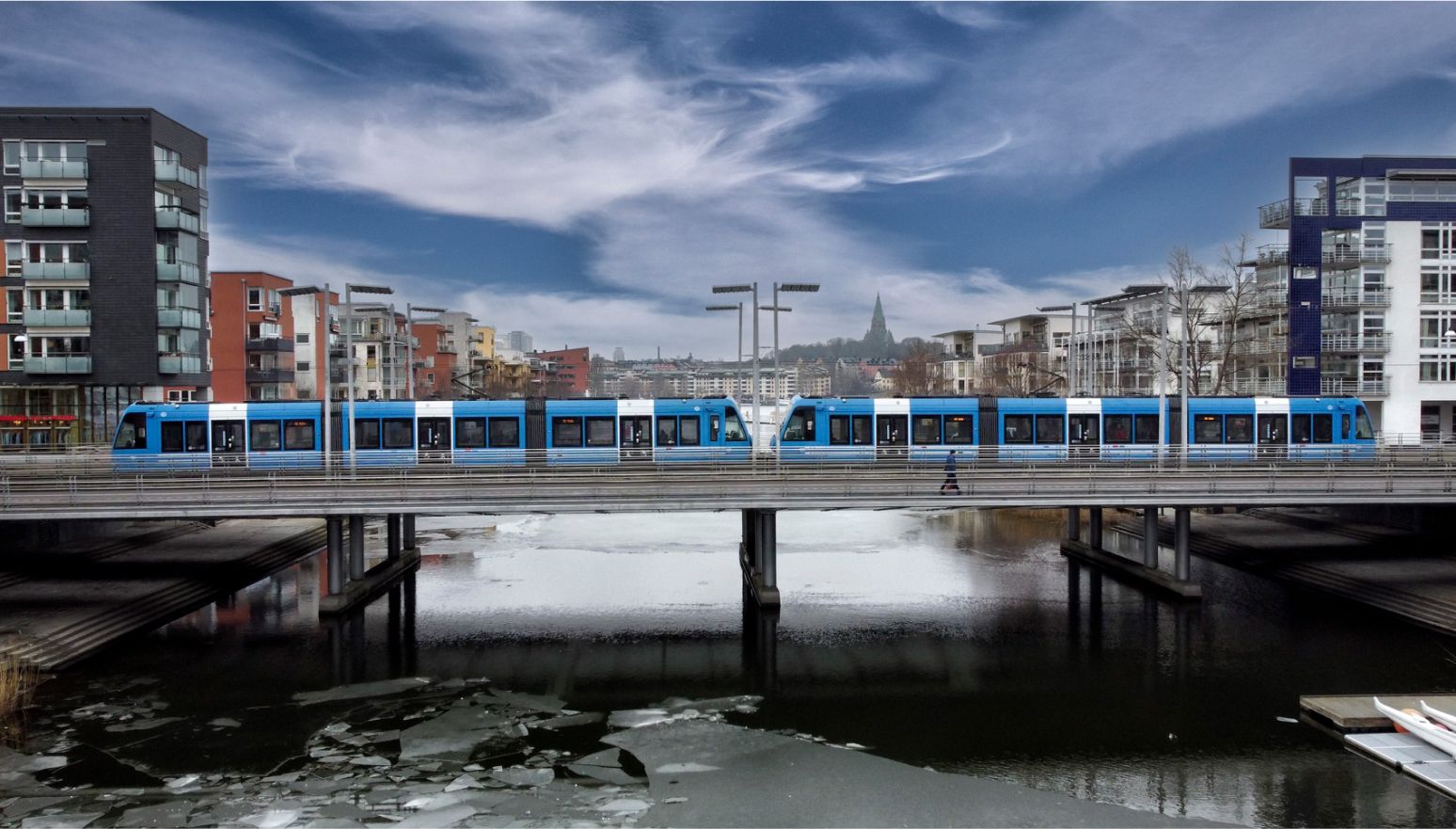Innovation strategies
At CAF, we believe innovation is key, which is why it is one of the four pillars of our Strategic Plan. This approach not only drives innovation but also supports and enhances the other pillars, commercial focus, operational efficiency, and sustainability, to ensure our sustainable long-term growth.
To realise this vision, our innovation projects must have a real impact. That’s why we developed our Innovation Strategy to combine our customers' current and future needs, global trends, and technological advancements. These and other important elements help us create the roadmaps that guide our strategy.












 .
.